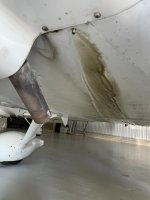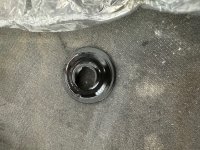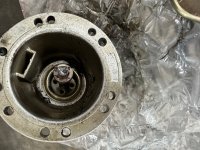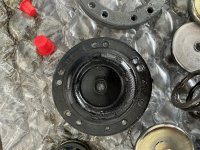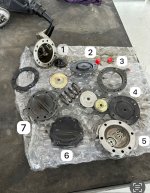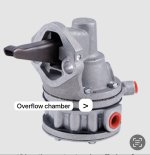Asking the engine gurus on behalf of a friend.
RV10 with a standard IO-540 with about 1200 since new.
On his last flight of about four hours it seems that he has lost about 3 quarts of oil. Looking at the stains it seems to have come out of the engine fuel pump overflow tube. Is this possible? Secondly there seems to another stain looking a bit like fuel?
He did remove the cowl and thinks that it could come from the fuel pump.
Your thoughts will be appreciated. Thank you.
RV10 with a standard IO-540 with about 1200 since new.
On his last flight of about four hours it seems that he has lost about 3 quarts of oil. Looking at the stains it seems to have come out of the engine fuel pump overflow tube. Is this possible? Secondly there seems to another stain looking a bit like fuel?
He did remove the cowl and thinks that it could come from the fuel pump.
Your thoughts will be appreciated. Thank you.



